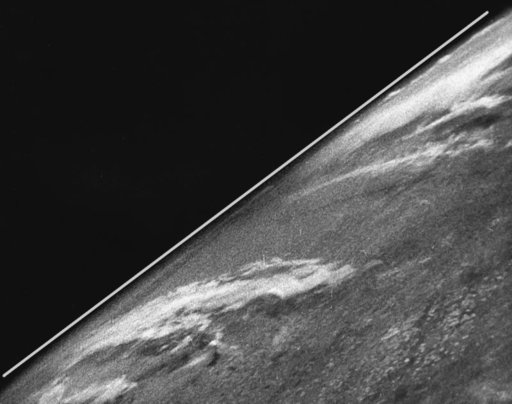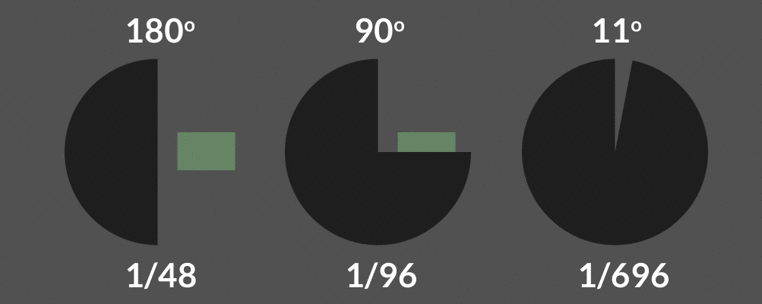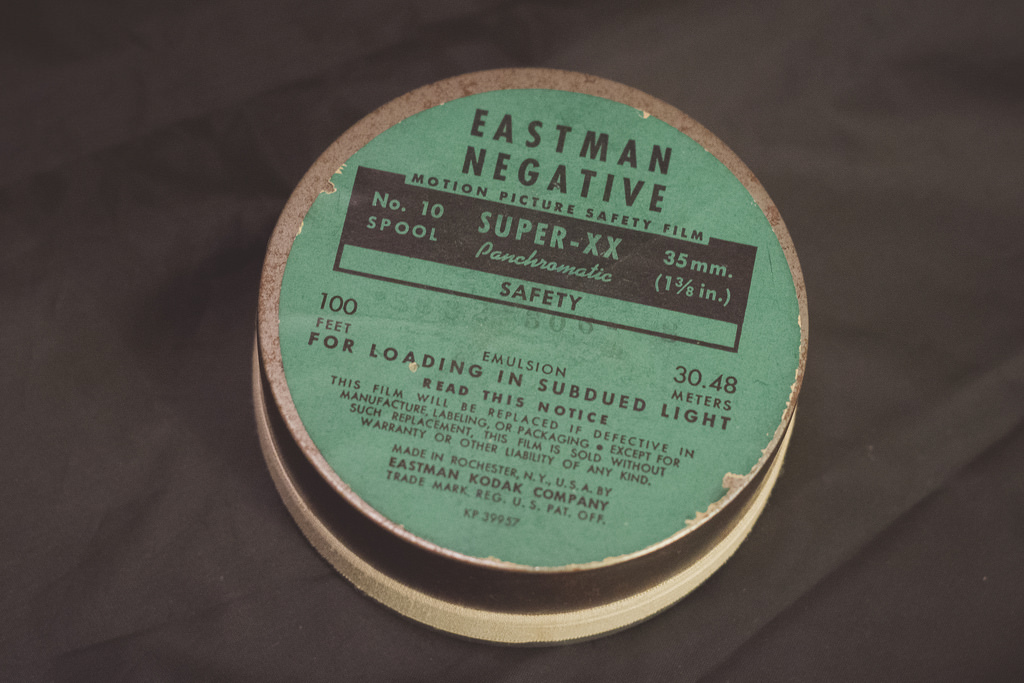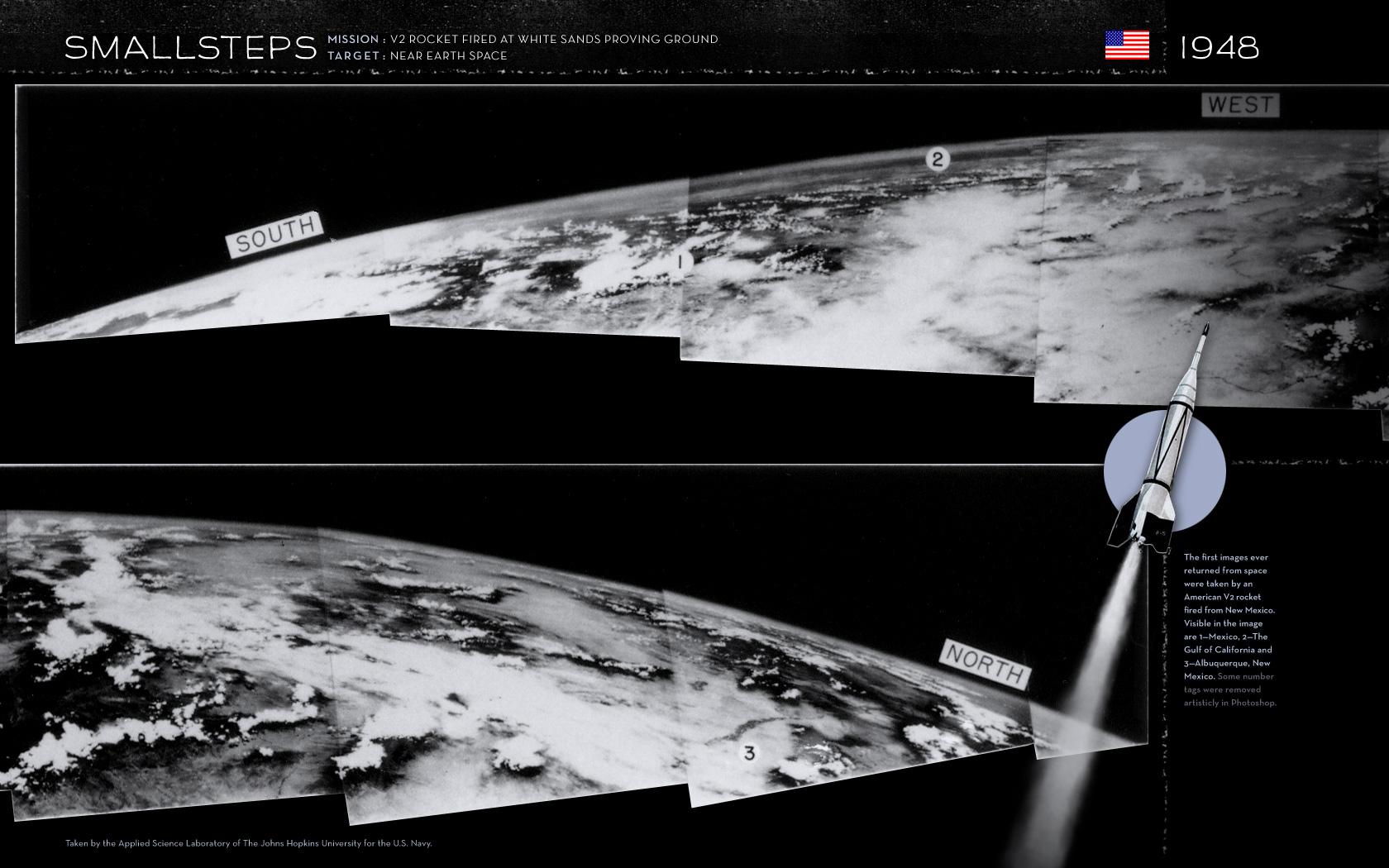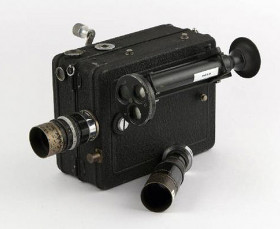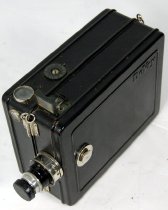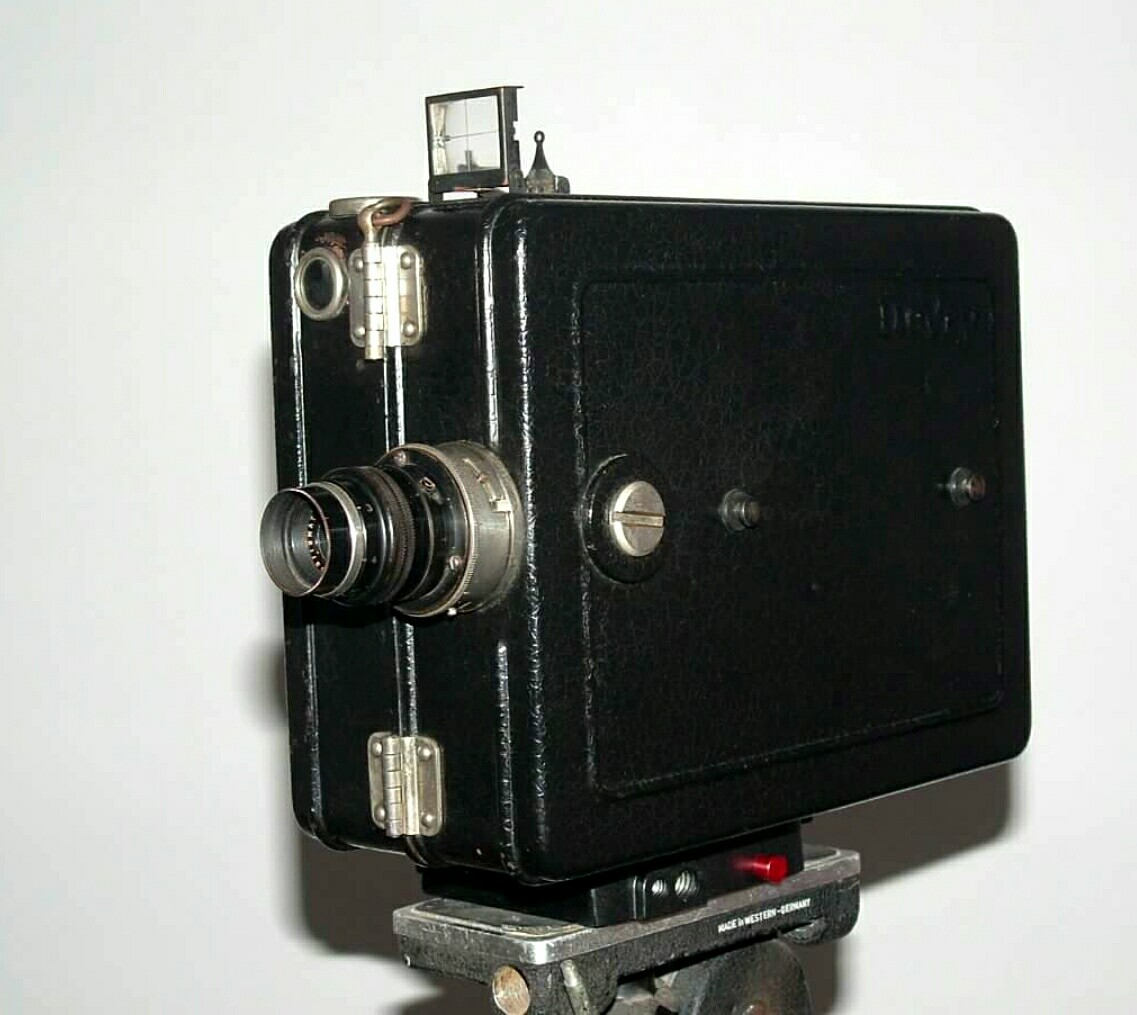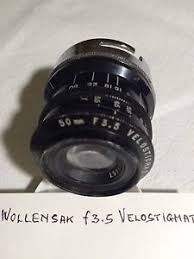StarGazer
Member
In this thread we'll be examining the very first image taken from space from a V-2 Missile and the claim related to it:
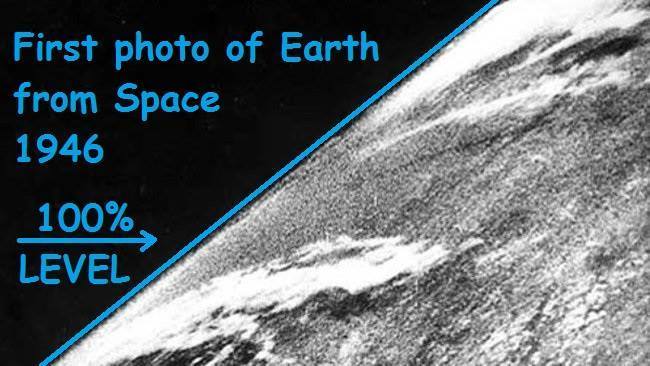

It is claimed from “official sources” that a “V-2 Missle” was launched from the New Mexico desert on October 24, 1946, and that it took this black-and-white photo below. Supposedly this photo was taken at an altitude of 65 miles.
This photo shows a completely flat horizon… no curvature whatsoever. Notice how they present the photo at an angle in order to give this sort of slight illusion of curvature. But if you hold up a straight edge to the horizon line in the photo, you will see that the horizon is a completely straight line.
...
...this photo was supposed snapped in 1946, but it is a whole photo...
Source link of the Claim: https://aplanetruth.info/2016/08/11/first-ever-photo-from-space-shows-flat-earth/
You can find a recent article regarding the V-2 image here: http://earthsky.org/space/this-date-in-science-first-ever-photo-of-earth-from-space:
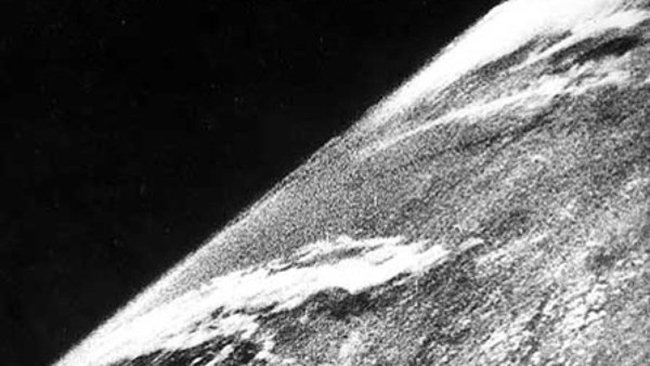
October 24, 1946. On this date a group of soldiers and scientists in the New Mexico desert launched a V-2 rocket – fitted with a 35-millimetre motion picture camera – to a suborbital altitude of 65 miles (105 km). The camera was destroyed after being dropped back to Earth, but the film survived.
The 35 mm camera has a normal lens, therefore flat earthers assume that since there is no curvature with a normal lens then the Earth must be flat. However:
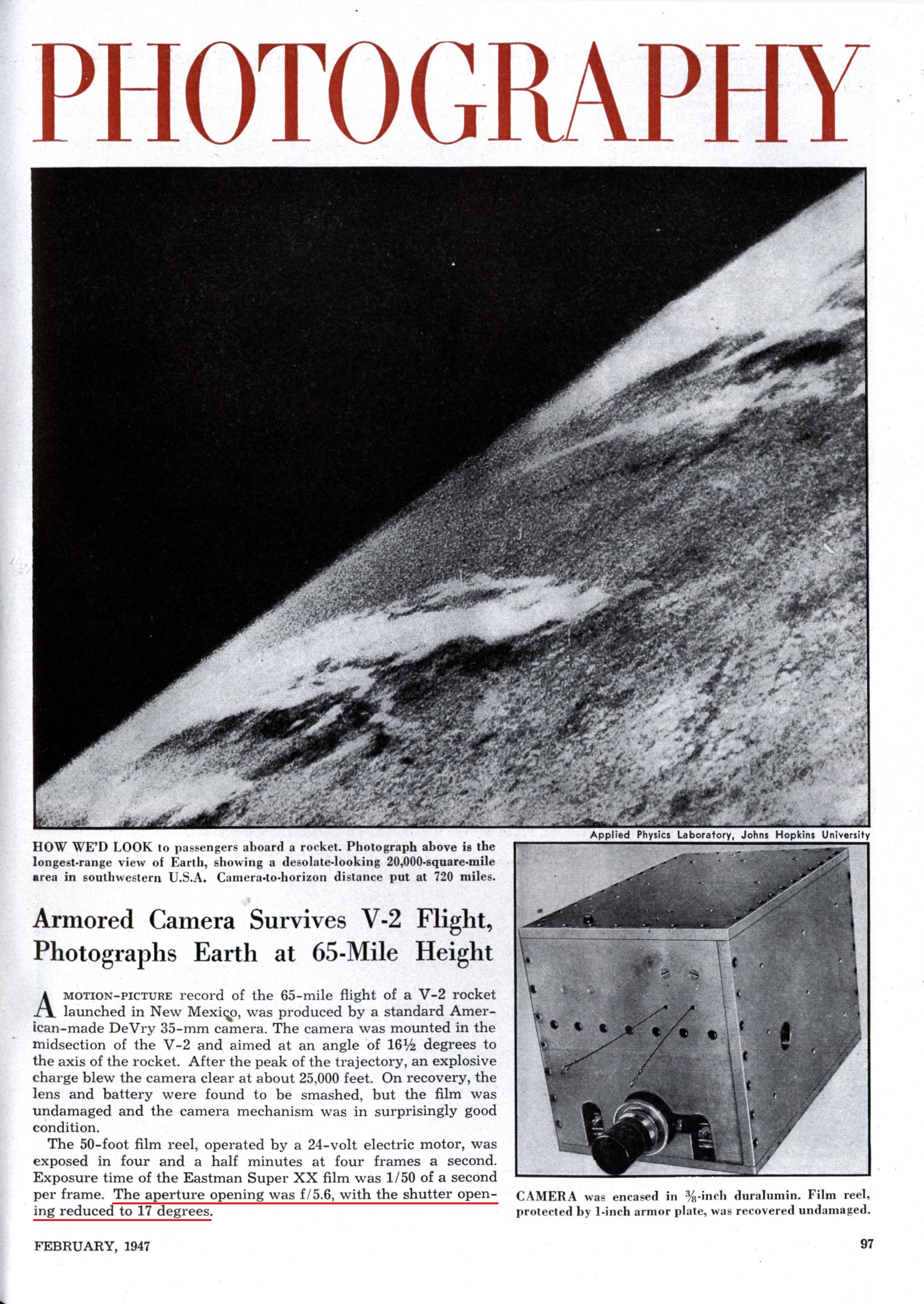
The aperture opening was f/5.6, with the shutter opening reduced to 17 degrees.
The lens aperture is usually specified as an f-number, the ratio of focal length to effective aperture diameter. A lens typically has a set of marked "f-stops" that the f-number can be set to. A lower f-number denotes a greater aperture opening which allows more light to reach the film or image sensor.
The specifications for a given lens typically include the maximum and minimum aperture sizes, for example, f/1.4–f/22. In this case, f/1.4 is the maximum aperture (the widest opening), and f/22 is the minimum aperture (the smallest opening).
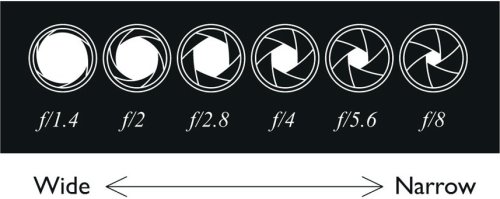
Here is how much curvature we expect to see using Walter Bislin's curvature calculator for an altitude of 104 607 meters ( 65 miles) with 35 mm lens.
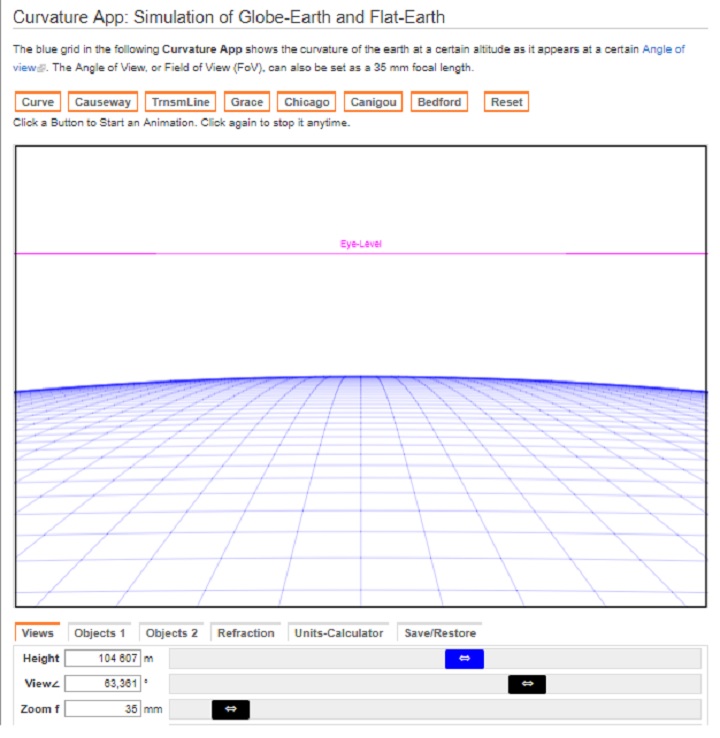
http://walter.bislins.ch/bloge/index.asp?page=Flat-Earth:+Finding+the+curvature+of+the+Earth
Since Walter hasn't included lens aperture option in his program, I'm finding trouble the determine how much curvature there is for the camera specs of the V-2 missile.
Last edited:

